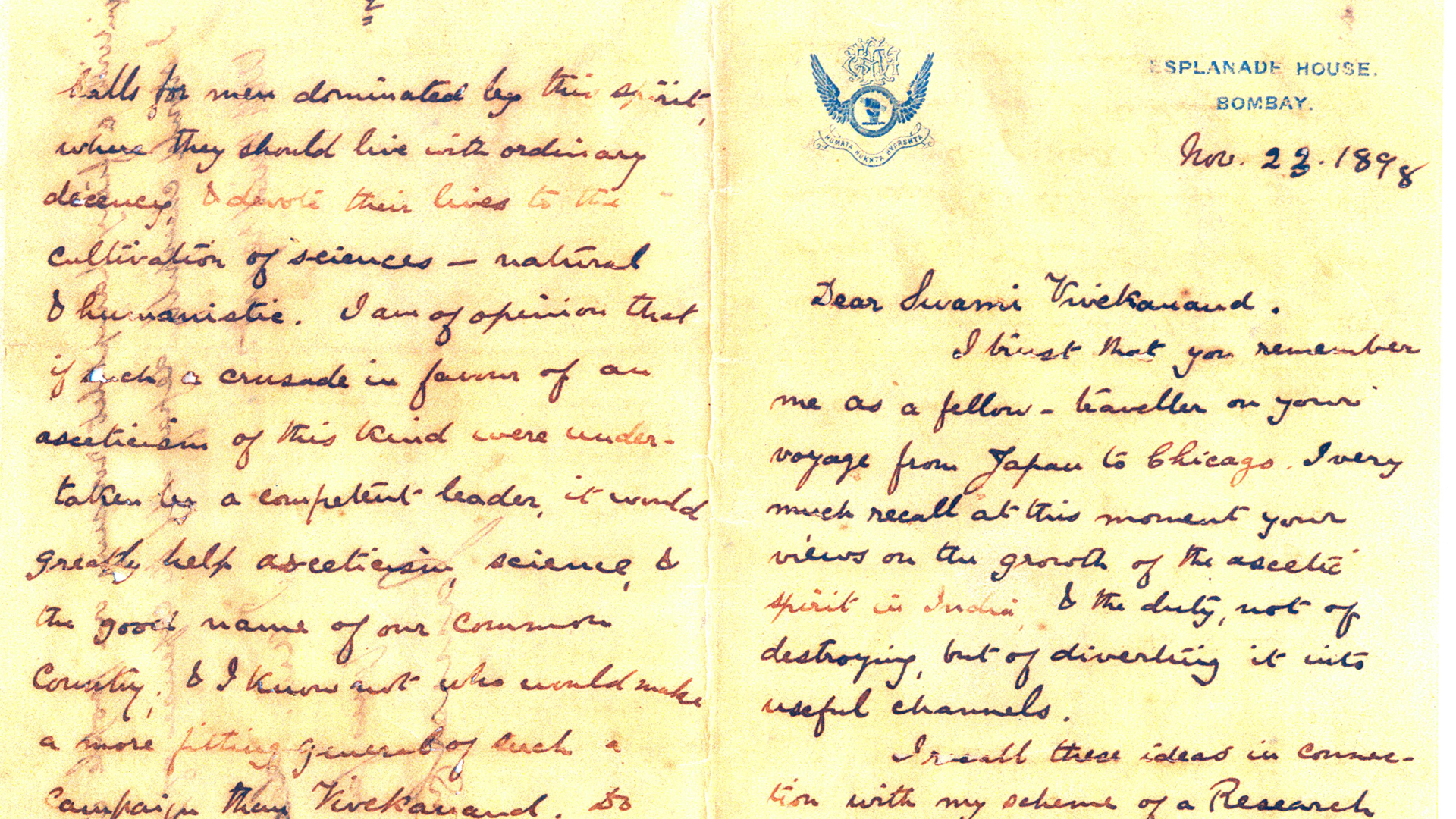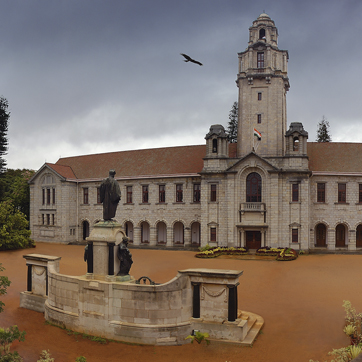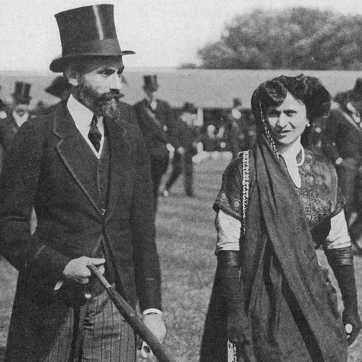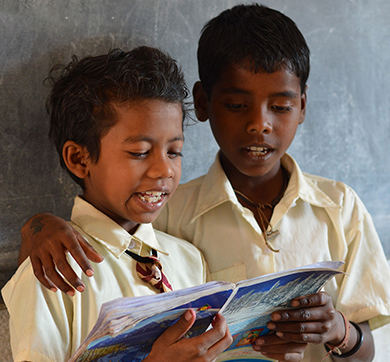February 6, 2018 | 930 words | 3-minute read
An excerpt from The Creation of Wealth by RM Lala (published in 1981) that illustrates Jamsetji's efforts to set up an research institution that later became the Indian Institute of Science:
In September 1898, Jamsetji announced an offer that was to astonish men of his day. He decided to set aside 14 of his buildings and four landed properties in Bombay (now Mumbai) for an endowment to establish a university of science. The proposal of Jamsetji was presented to the new Viceroy, Lord Curzon, in 1898, the day after his arrival in India. Curzon was lukewarm, and had two major doubts about the scheme. The first was whether qualified Indians would be forthcoming for such advanced scientific training. Secondly, whether there would be employment opportunities for them in a country that had no industries worth the name. To report on Jamsetji’s scheme, the Secretary of State for India requested the Royal Society of England to send out an eminent scientist. They selected Professor William Ramsay, the discoverer of rare gases (including helium and neon), who was later to be awarded the Nobel Prize. After a quick tour of the country Ramsay reported that Bangalore (now Bengaluru) was a suitable site for such an institution. Ramsay also recommended liberal scholarships of INR 40 to INR 50 per month.
Meanwhile, Curzon was writing to the Secretary of State for India, Lord Hamilton, on June 26, 1901: “We are endeavouring to save Tata’s scheme from the shipwreck, and asking the Committee (Clibborn- Masson’s) to consider and submit a scheme under which the annual expenditure will be limited to £10,000 of which £2,000 will be provided annually by the Government of India for 10 years.”
Jamsetji’s endowment alone provided £8,000 (INR 1,25,000) a year. He had hoped ‘that Corporations, the Native Chiefs, Sirdars’ will gradually see their way to bountifully help such an Institution. The Maharaja of Mysore did come forward with a generous offer of 371 acres of land in Bangalore for the Institute, a gift of INR 5 lakhs for construction and a recurring grant of INR 50,000 a year. But no other source of revenue came forward.
The canvas that Jamsetji was working on was too vast for his contemporaries to fathom, far less to accept. Attacked by some coreligionists, denied cooperation from those he inducted into his business, confronted with an arrogant Viceroy who could not understand the greatness of the giver or of his gift, any other man than Jamsetji would have withdrawn the offer. In fact the British reckoned that he would. But Jamsetji was not easily deflected from the accomplishment of his purpose.
While the scheme was still being considered and a provisional committee was looking into it, Jamsetji died. The following year, 1905, when Lord Curzon was on leave in Bexhill, he finally gave the green light to Dorab Tata, by agreeing that the Government would meet half the cost.
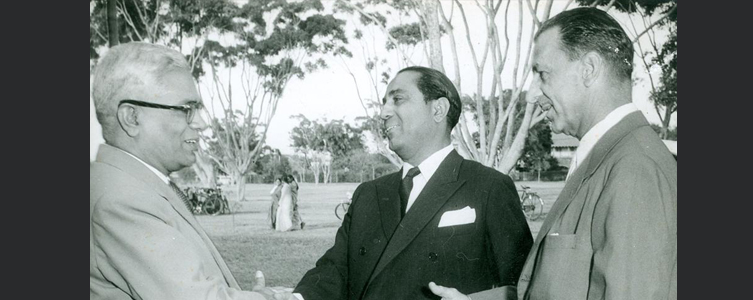
Swami Vivekananda on IISc and Jamsetji's dream
“We are not aware if any project at once so opportune and so far-reaching in its beneficent effects was ever mooted in India, as that of the post-graduate research university of Mr Tata. The scheme grasps the vital point of weakness in our national well-being with a clearness of vision and tightness of grip, the masterliness of which is only equalled by the munificence of the gift with which it is ushered to the public.
It is needless to go into the details of Mr Tata’s scheme here. Every one of our readers must have read Mr Padsha’s lucid exposition of them. We shall try to simply state here the underlying principle of it. If India is to live and prosper and if there is to be an Indian nation which will have its place in the ranks of the great nations of the world, the food question must be solved first of all. And in these days of keen competition it can only be solved by letting the light of modern science penetrate every pore of the two giant feeders of mankind: agriculture and commerce.
The ancient methods of doing things can no longer hold their own against the daily multiplying cunning devices of the modern man. He that will not exercise his brain, to get out the most from nature, by the lease possible expenditure of energy must go to the wall, degenerate and reach extinction. There is no escape. Mr Tata’s scheme paves the path placing into the hands of Indians this knowledge of nature — the preserver and the destroyer, the ideal good servant as well as the ideal bad master — that by having the knowledge, they might have power over her and be successful in the struggle for existence.
By some the scheme is regarded as chimerical, because of the immense amount of money required for it, to wit about 74 lacs. The best reply to this fear is: If one man — and he not the richest in the land — could find 30 lacs, could not the whole country find the rest? It is ridiculous to think otherwise, when the interest sought to be served is of the paramount importance.
We repeat: No idea more potent for good to the whole nation has seen the light of day in modern India. Let the whole nation therefore, forgetful of class or sect interests, join in making it a success.
Source: The letter written by Swami Vivekananda in April I899 in Prabuddha Bharata, a monthly magazine started by him in 1896

